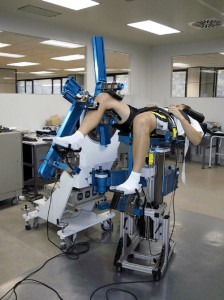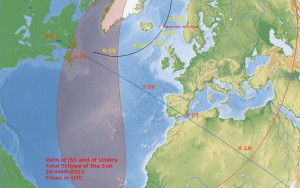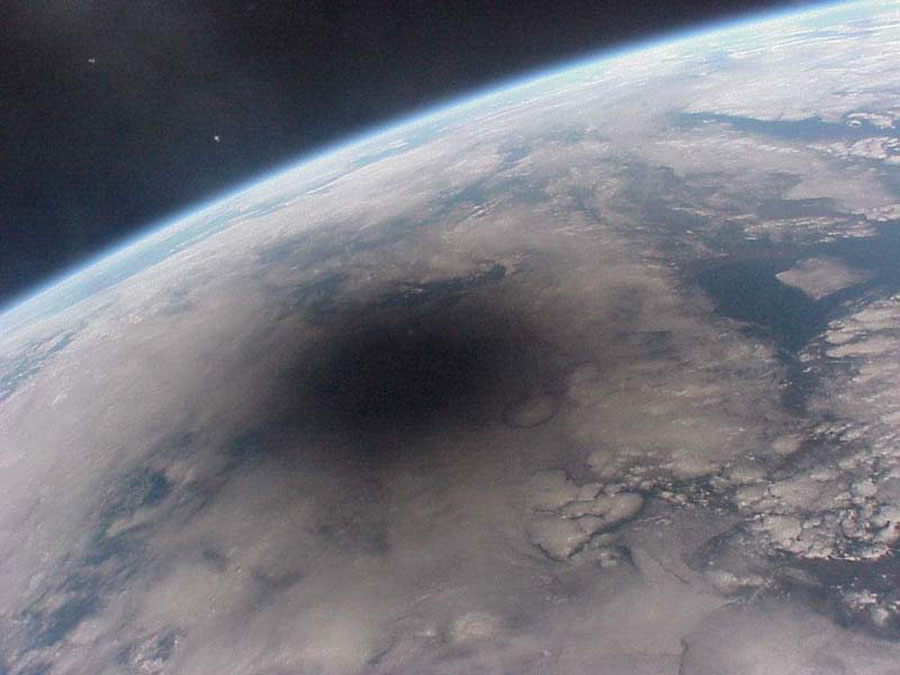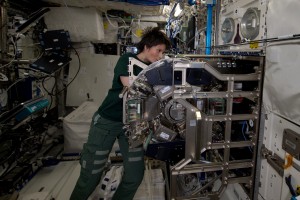Taming a monster: ESA MARES experiment
Some operations make us nervous because there is not much about we can do about them from ground. The MARES experiment in the Columbus space laboratory is one of these: it is large, highly complex, equipment and can sometimes be a bit of a problem child.
The Muscle Atrophy Research and Exercise system (MARES) allows us to investigate muscle groups of astronauts and contributes to answering essential questions that arise during long space flights: how does the human body react to weightlessness? How fast to muscles degrade when they are not used in weightlessness?

Muscle Atrophy Research and Exercise System (MARES). Credits: ESA
We think of MARES as a bit of a monster as it fills half of the Columbus module –it takes a while to unpack so each experiment involving MARES takes a long time, afterwards it must be disassembled again. It looks a little like the torture devices that can be found in many fitness centres – this might explain why the flight controllers have so much respect for the machine. It is a mechanically very complex device and any problems astronauts have encountered in the past have proven difficult to solve over the radio…
So it was with a sigh of relief on my part that I was not on console when this was planned to be setup: many hours of astronaut crew time are designated in the timeline to work on MARES. I got nervous again when a colleague fell sick and I had to take over after all …
Ultimately, of course my colleagues and ESA astronaut Samantha Cristoforetti did excellent work: they had to replace a battery (a machine of this size requires more power than Columbus can provide on its own), install a new hard drive and finally test the device for the first time in orbit through by calibrating its servo-motors.
The machine was then put back where every monster belongs, in its “cage”, an experiment cabinet in Columbus – until next time…!Thomas Uhlig Columbus Control Centre
[youtube zpAfrbYtTOs]
Cover picture: Only in Space recommended: four years ago MARES was installed in Columbus – Astronaut Doug Wheelock and proves prowess … (Credits: NASA)
27/03/2015








